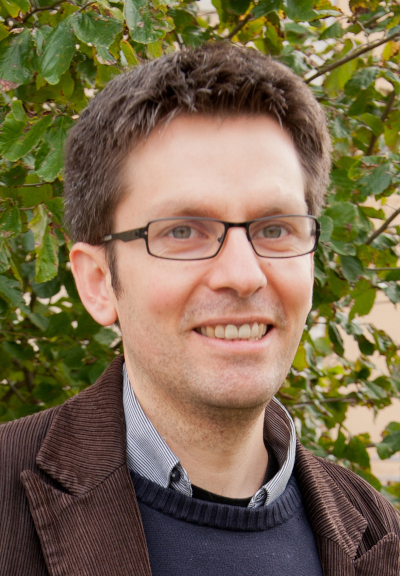Regional press release on April 22, 2021
The European Research Council (ERC) has just communicated the list of awardees for the "Advanced" grants. Each laureate has a budget of up to 2.5 million euros for their research project.
France ranks third with 22 awarded projects behind Germany (40) and the UK (51). Two Lyonnais projects are among the 209 schemes that have been financed. They have been awarded to high-level researchers in physics and plant biology.
MUSIX PROJECT
Multiscale mechanical signaling in plants

© Christian Slagmulder
With Olivier Hamant, INRAE Research director at the Laboratory of Reproduction and Development of Plants (RDP, ENS de Lyon / Université Claude Bernard Lyon 1 / INRAE / Inria / CNRS).
During the course of the development, living organisms change shape and structure. The associated mechanical constraints affect the behavior of some cells and consequently their development. Plants are ideal mechanisms to study the implications of the perception of strength in development as their mechanisms are simpler: plant cell walls are subjected to high hydraulic pressure to which they resist. In this project, we suggest a multi-scale approach, that takes into account the structure and the molecular dynamic of the elements of the cell’s internal framework, up until the integration of mechanical conflicts amongst neighboring cells growing at different speeds.
Our goal is to understand how cells integrate mechanical signals to create vegetal organs in a reproductible shape. The advanced principal technique of MUSIX is the introduction of a new high-speed system for unique cells in which the cell wall is replaced by a geometric, synthetic, chemical and mechanical controllable frame. This work will have important implications beyond plant science, such as celluloid signaling (how cells perceive their environment), self- perception (how organs perceive and monitor their own shape and growth), compensation (how organs manage mechanical conflicts from growth) and robustness (how tissues regulate growth fluctuations).
SpAM project- Spinning Active Matter
With Denis Bartolo, University professor at ENS de Lyon in the Physics Laboratory (LPENSL, ENS de Lyon / CNRS).
We are all active matter. We can distort our body and move around without needing external forces to bend and push us. This remarkable property is not specific to human beings. For over a decade now, physicists and chemists have mastered how to motorize basic components of a large number of liquids to enable them to flow spontaneously. The properties of these active liquids come from the movement of million microscopic mobile units in interaction. Even if we believe that we have understood this correctly, they are today limited to bi-directional films destined to remain as laboratory prototypes.
The SpAM project will help us explore the 3rd dimension in active matter. We aim to change the paradigm to assemble three-dimensional active matter with fundamental properties that have not yet been explored and that have a high potential for application. We will be able to produce the 1st generation of auto-assembled matter from synthetic spinners, particles incapable of self-propulsion, but which can produce a self-maintained rotation. By combining microfluidic experiences, confocal imagery and theory, we will be laying the foundations for new matter states resulting from collective rotation, or frustrated matter from millions of spinners in interaction. We will explain how the structure, the spontaneous flows and mechanical properties of spinner liquids are determined by microscopic interactions between their components that escape from the constraints of the law of thermodynamic equilibrium and our own intuition as physicists.






